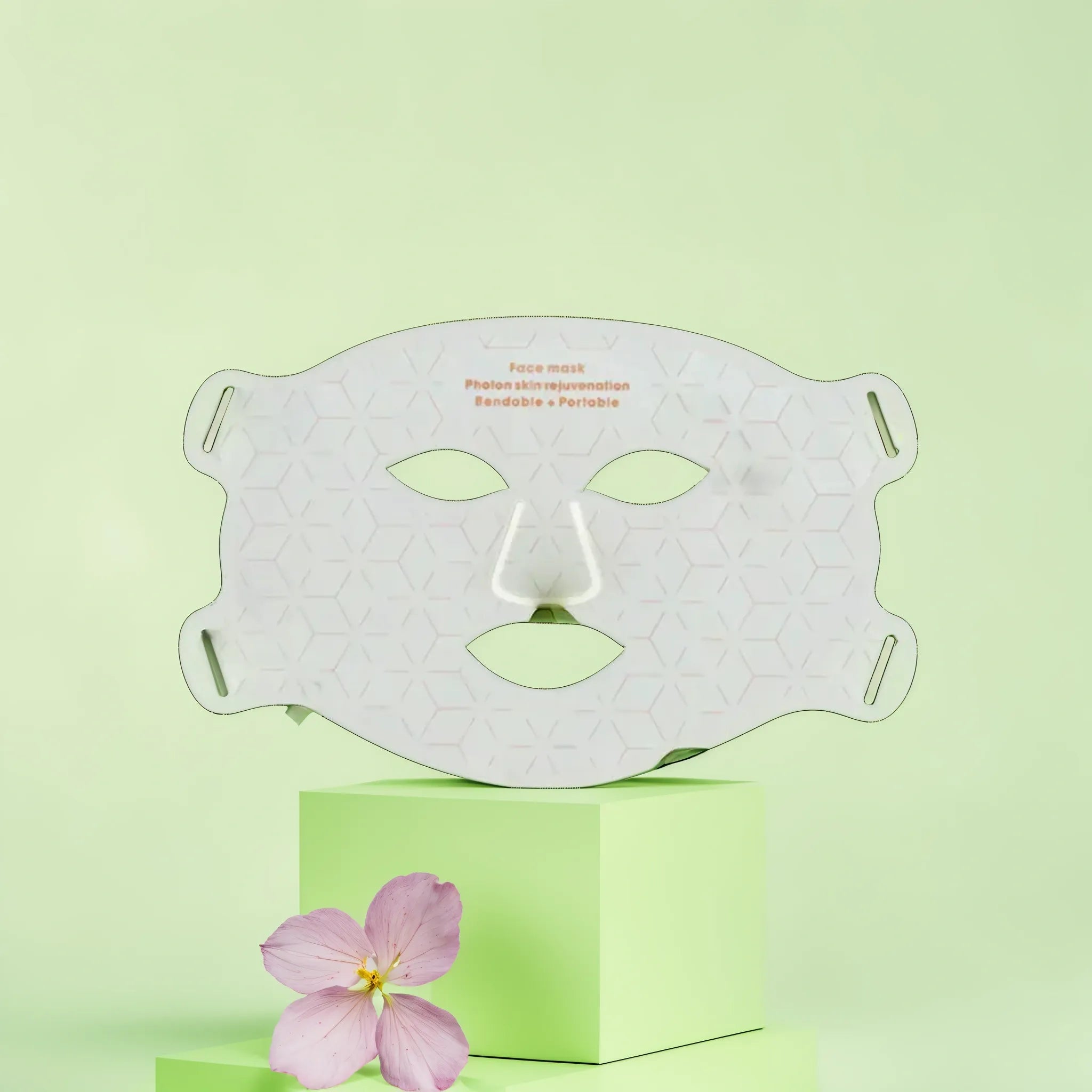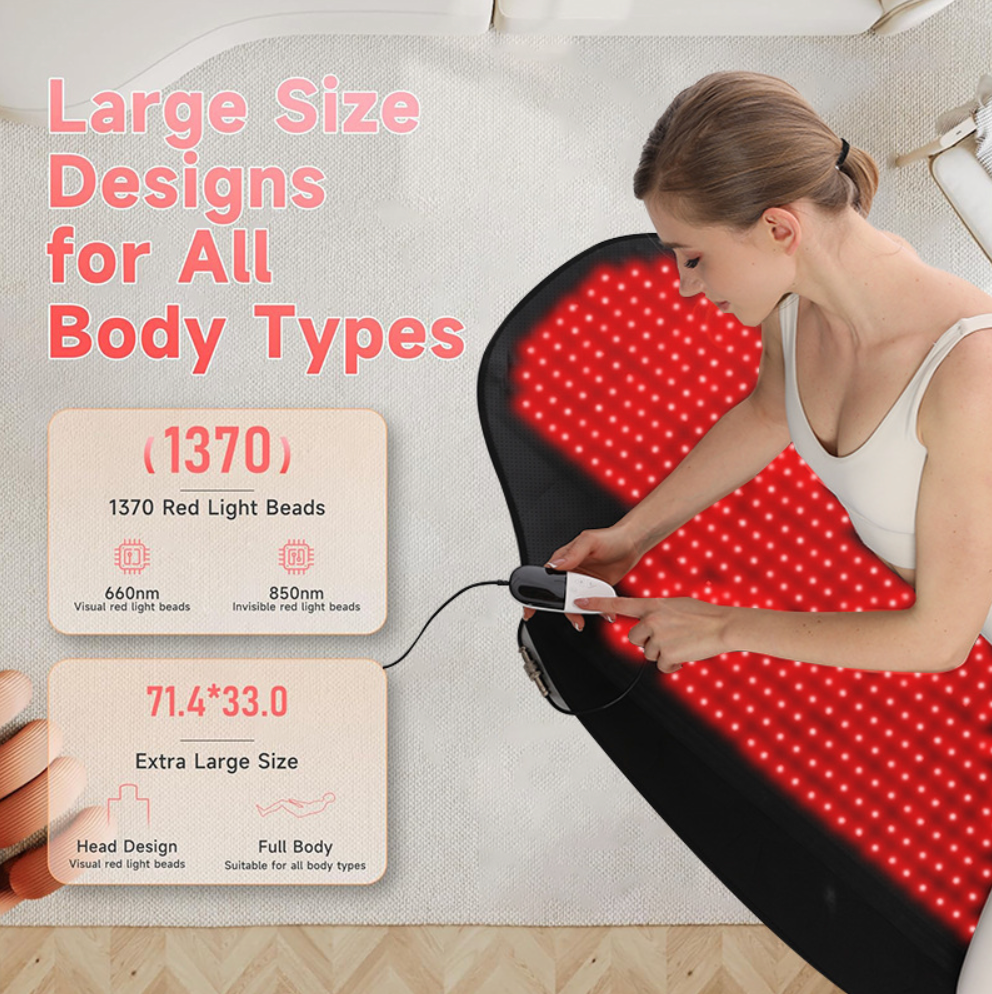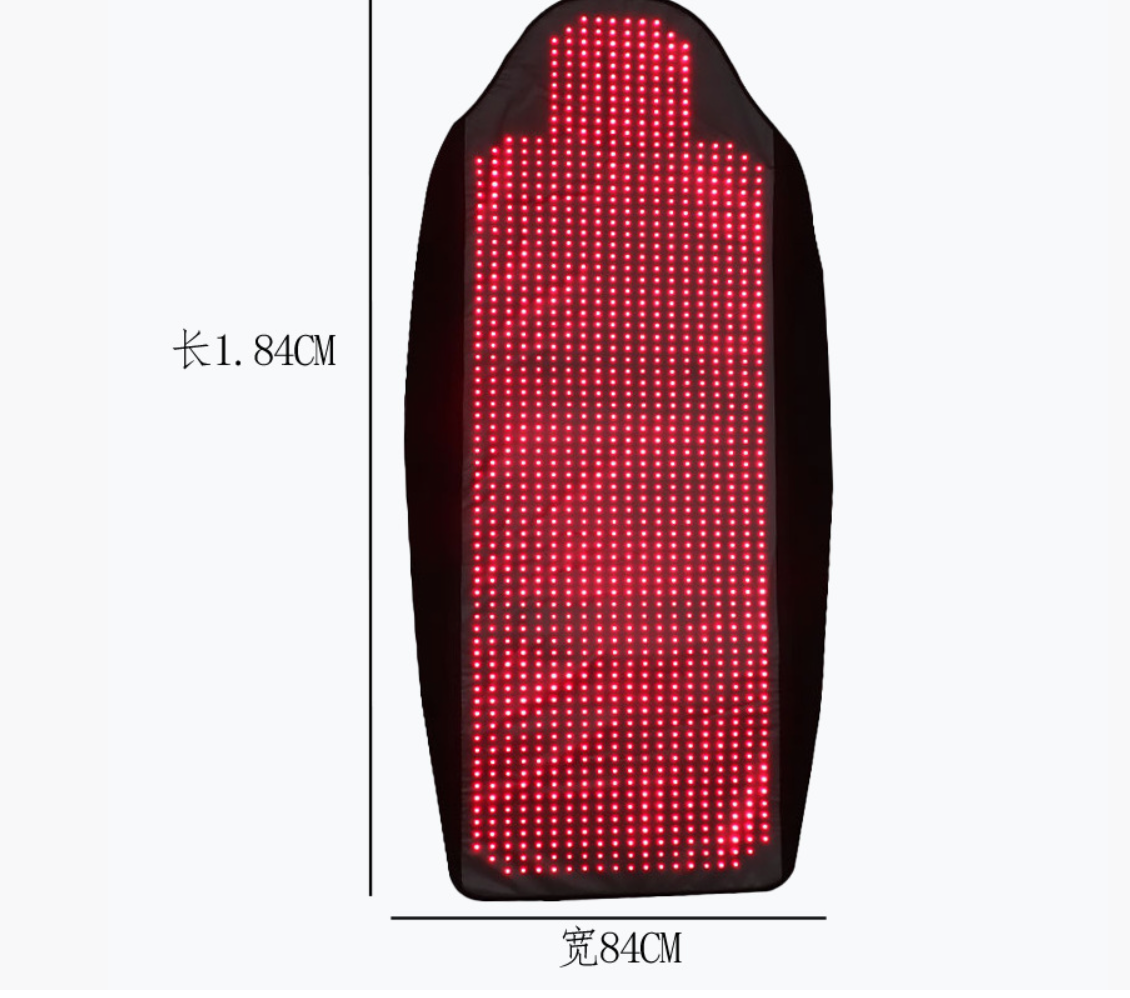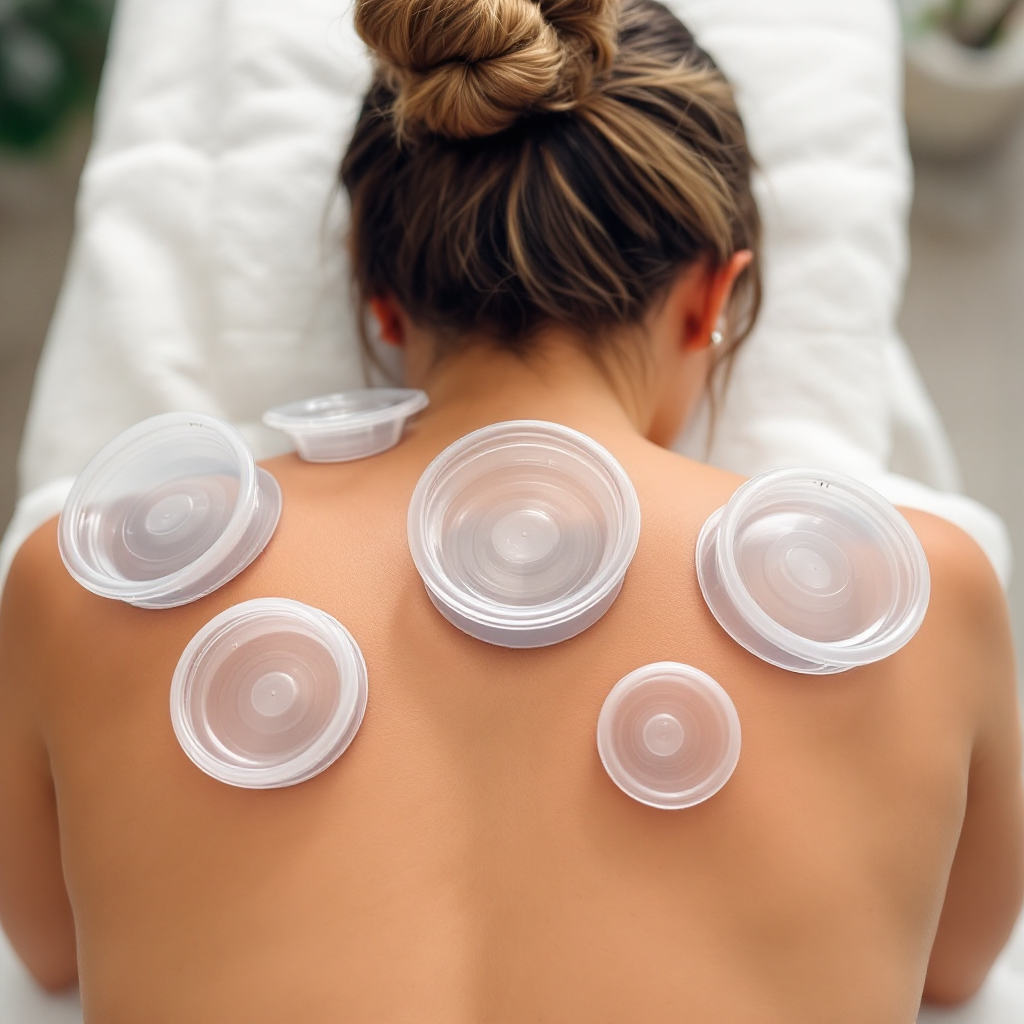Ultrasound therapy machines have become a cornerstone in physical therapy, offering a non-invasive way to promote healing and pain relief. By harnessing the power of high-frequency sound waves, these devices help treat various musculoskeletal disorders, from arthritis to muscle pain. Whether used in sports therapy clinics or as a home ultrasound machine, therapeutic ultrasound provides significant benefits for tissue healing and recovery. In this article, we’ll explore how these machines work, their therapeutic applications, and why they’re so effective for injuries.
What Is Ultrasound Therapy?
Ultrasound therapy is a type of therapy that uses high-frequency sound waves to stimulate tissue beneath the skin’s surface. Unlike diagnostic ultrasound, which is used for imaging, therapeutic ultrasound is one modality designed to repair and provide pain relief. The ultrasound machine generates sound waves that penetrate deep into muscle tissue and connective tissue, creating thermal and mechanical effects that promote healing.
The use of therapeutic ultrasound is common in therapy practices, particularly for conditions like low back pain, tendonitis, and soft tissue injuries. By applying an ultrasound device, practitioners can target specific areas of the body, delivering precise treatment to damaged tissues.
How Ultrasound Therapy Machines Function
At the heart of every ultrasound therapy machine is a transducer, often referred to as an ultrasound wand. This component converts electrical energy into sound waves, typically at frequencies of 1 MHz or 3 MHz. A conductive gel, also known as ultrasound gel, is applied to the skin to ensure smooth ultrasound transmission and prevent air from interfering with the ultrasound beam.
When the ultrasound is applied, the machine allows sound waves to penetrate the skin and reach deeper tissues. The depth of penetration depends on the frequency used—1 MHz ultrasound reaches deeper tissues, while 3 MHz ultrasound is ideal for superficial injuries. This flexibility makes ultrasound therapy devices versatile for treating various conditions.
The ultrasound waves can be delivered in two modes: continuous ultrasound and pulsed ultrasound. Continuous ultrasound generates a steady stream of waves, producing thermal effects that promote tissue heating and blood flow. Pulsed ultrasound, on the other hand, delivers waves in short bursts, minimizing heat buildup and focusing on non-thermal effects like tissue regeneration.
The Science Behind Therapeutic Ultrasound
The therapeutic benefits of ultrasound come from its ability to create both thermal and non-thermal effects. The thermal effects of ultrasound occur when sound waves cause molecules in the tissue to vibrate, generating heat. This deep tissue heating can reduce pain, relax muscles, and improve circulation, which is particularly helpful for conditions like arthritis or low back pain.
Non-thermal effects, often achieved with low-intensity ultrasound, involve cavitation and acoustic streaming. These processes stimulate tissue at a cellular level, promoting wound healing and reducing inflammation. For example, ultrasound therapy is used to treat venous thrombosis by improving blood flow and preventing vasoconstriction and decreased blood flow.
Together, these effects make ultrasound therapy a powerful tool for addressing tissue injury and musculoskeletal issues. Research, such as studies published in Arch Phys Med Rehabil, highlights the efficacy of ultrasound in accelerating healing and reducing pain.
Applications of Ultrasound Therapy
Ultrasound therapy machines are incredibly versatile, used to treat a wide range of injuries and conditions. Some common applications include:
- Soft Tissue Injuries. Therapeutic ultrasound helps repair damaged ligaments, tendons, and muscles by stimulating tissue regeneration.
- Chronic Pain. Conditions like arthritis and back pain benefit from the pain relief provided by ultrasound’s thermal effects.
- Post-Injury Recovery. Athletes often use professional ultrasound in sports therapy clinics to speed up recovery from sprains or strains.
- Scar Tissue Reduction. Ultrasound can break down scar tissue, improving flexibility and reducing discomfort.
Portable ultrasound therapy devices have made it easier for patients to continue treatment at home, offering convenience without sacrificing effectiveness. These home ultrasound machines are user-friendly, allowing individuals to manage minor injuries under professional guidance.
Combining Ultrasound with Other Therapies
For enhanced results, ultrasound therapy is often paired with other therapeutic modalities like electrotherapy or electrical stimulation. A combo device, sometimes called an ultrasound combo, integrates these therapies into a single unit. For example, combination ultrasound and electrotherapy can target both pain relief and muscle stimulation, making it ideal for comprehensive recovery plans.
The ultrasound unit works alongside an electrode to deliver electrical currents, further promoting healing. Combo units are particularly popular in physical therapy settings, where practitioners aim to maximize the benefits of using multiple therapies.
Benefits of Ultrasound Therapy
The benefits of ultrasound therapy are numerous, making it a preferred choice for both patients and clinicians. Here are some key advantages:
- Non-Invasive. Ultrasound therapy devices offer a safe, drug-free alternative to surgery or medication.
- Pain Relief. By reducing inflammation and relaxing muscles, ultrasound helps alleviate discomfort.
- Improved Healing. The therapy stimulates tissue repair, speeding up recovery from injuries.
- Versatility. From portable ultrasound units to professional-grade machines, ultrasound can be adapted for various needs.
For those considering buying an ultrasound therapy device, the best ultrasound therapy options are those that balance ease of use with advanced features like adjustable frequencies (1 MHz or 3 MHz ultrasound) and customizable settings.
Safety and Considerations
While ultrasound therapy is generally safe, it’s important to use it correctly to avoid potential risks. Applying too much gel or using higher intensity ultrasound for too long can cause discomfort or minor burns. Always follow professional guidance, especially when using a portable ultrasound device at home.
Additionally, ultrasound should not be used over certain areas, such as open wounds, metal implants, or during pregnancy, unless directed by a healthcare provider. Proper application of conductive gel and regular maintenance of the ultrasound machine ensure optimal performance and safety.
Why Ultrasound Therapy Stands Out
What makes ultrasound therapy machines so effective is their ability to deliver targeted treatment without invasive procedures. Whether you’re dealing with a nagging injury or chronic pain, the use of therapeutic ultrasound offers a scientifically backed solution. The combination of thermal and non-thermal effects ensures that ultrasound can be used for both immediate relief and long-term healing.
For patients, the appeal lies in the therapy’s accessibility. Portable ultrasound units allow for at-home care, while professional ultrasound therapy remains a staple in clinics. The ability to treat various conditions—from soft tissue injuries to musculoskeletal disorders—further cements ultrasound’s role as a go-to modality.
The Future of Ultrasound Therapy
As technology advances, ultrasound therapy devices continue to evolve. Newer models are more compact, intuitive, and equipped with features like pre-programmed settings for specific conditions. The rise of therapeutic ultrasound units with integrated diagnostics could further blur the line between therapeutic and diagnostic imaging applications.
Moreover, ongoing research is uncovering new therapeutic applications for ultrasound, such as its potential in treating neurological conditions or enhancing drug delivery. These developments promise to make ultrasound therapy an even more integral part of modern medicine.
The new device is already available in our online store. An electric mask for removing wrinkles from the face is your reliable assistant in the fight for youth and beauty of the skin. Turn self-care into a pleasure and enjoy visible results after the first procedures!
Conclusion
Ultrasound therapy machines are a remarkable blend of science and practicality, offering a non-invasive way to promote healing and pain relief. By using high-frequency sound waves, these devices stimulate tissue, reduce pain, and enhance recovery for a wide range of injuries. Whether delivered through a portable ultrasound unit or a professional combo device, the benefits of using therapeutic ultrasound are undeniable.
For anyone seeking an effective, versatile solution for musculoskeletal issues, ultrasound therapy stands out as a trusted modality. Its ability to target specific tissues, combined with its safety and ease of use, ensures that it remains a staple in physical therapy and beyond. So, the next time you’re dealing with muscle pain or a stubborn injury, consider how ultrasound therapy could help you get back on track.











Leave a comment
This site is protected by hCaptcha and the hCaptcha Privacy Policy and Terms of Service apply.